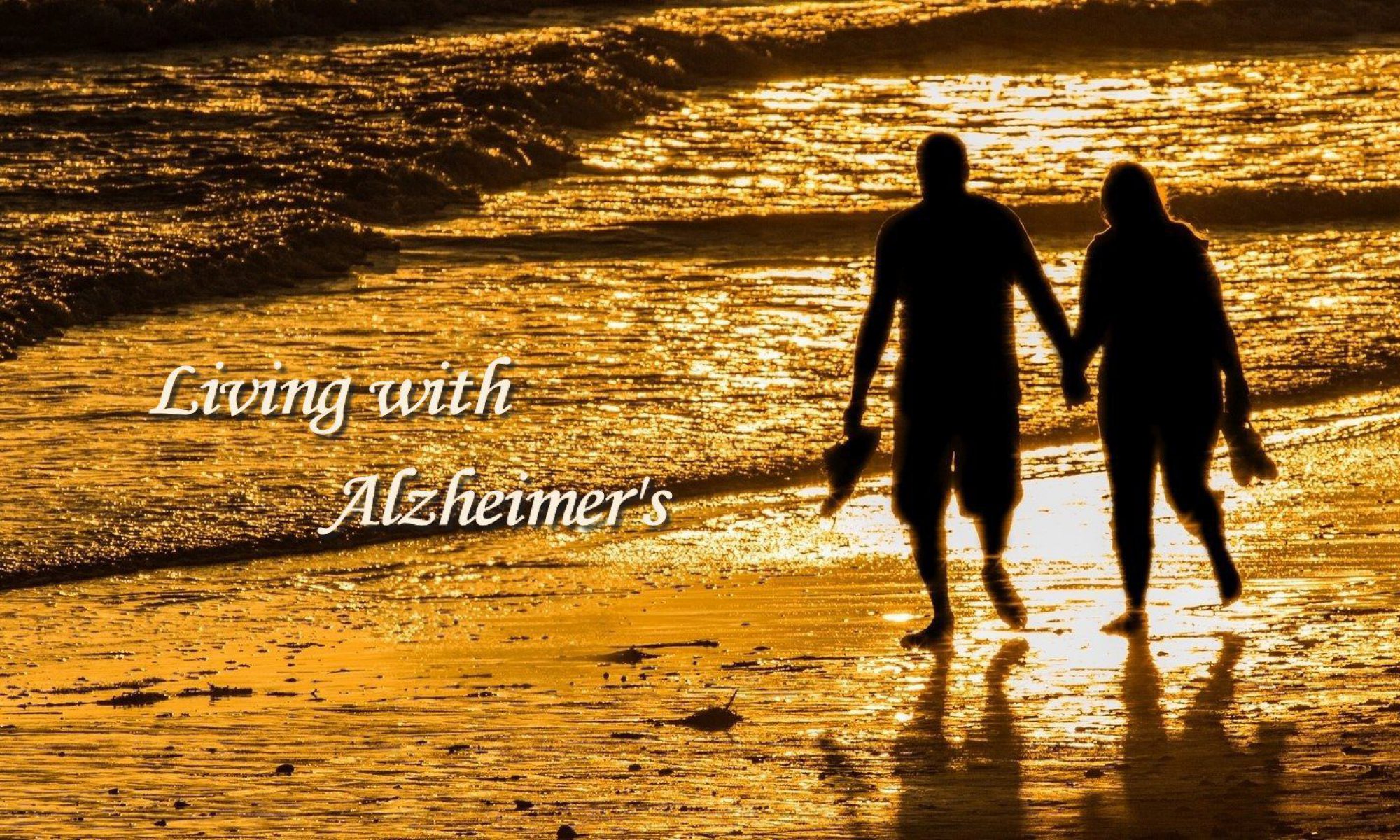My intention has always been to provide an honest account of our experience while “Living with Alzheimer’s.” I hope that my recent posts about our “Happy Moments” don’t give you the impression that is all that we have. There are two reasons that I comment on them.
First of all, during almost any day, these moments stand out as especially happy ones. Second, most other accounts of life with Alzheimer’s that I have read have a heavy focus on more troublesome moments. Kate and I have been fortunate to have far fewer of those and a greater number of happy ones.
This past Thursday was a good example of our Happy Moments. The day began slowly. Kate awoke a little earlier than usual but slept off and on until the caregiver arrived at 11:00. She didn’t speak or smile much until I returned to the apartment after lunch. She became more cheerful when she was having her afternoon ice cream at Lowry’s, a café in our retirement community
It was the day before our community was having a social gathering celebrating the Kentucky Derby. Several residents were in the art room making hats for the women to wear. One of them made a decoration for Kate, and she got a little attention at the café and later in the dining room. That brightened her day.
She was still cheerful when we got back to the apartment, but I wasn’t prepared for what happened after we put her to bed. I stood beside her and ran my hand across her hair. She looked up at me and said, “I love you so much.” You might think this is a normal routine, but Kate rarely says she loves me. She usually expresses her affection with her facial expressions, so moments like this stand out. I was touched.
Every day since then, we’ve had other “Happy Moments.” Yesterday, we experienced one of those when I read The Velveteen Rabbit to her. She was engaged more than usual and responded audibly and with her facial expressions. One of those involved her laughter at something she thought was funny. I should add that all of her responses were appropriate to the passages I was reading at the time. I don’t know how much she actually followed, probably more than I imagine. I do know that I enjoy all of these moments.







